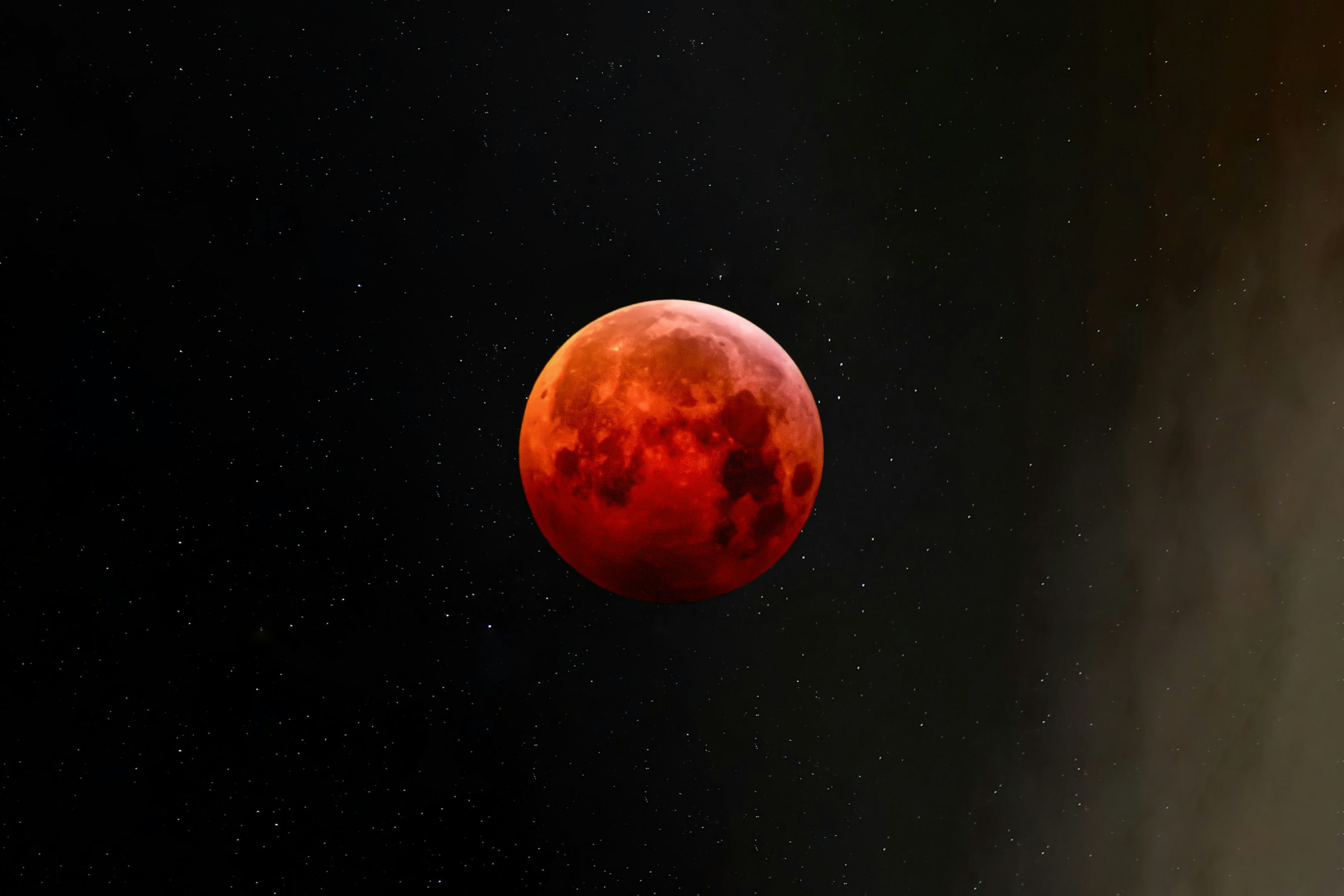Singapore will get a rare night of alignment in early September, and not only in the skies. A total lunar eclipse on the night of September 7 to 8 will be fully visible here, with the penumbral phase beginning at 11.28 pm, maximum at 2.11 am, and the event ending at 4.55 am. Those timings are precise enough for operators to plan shifts and for agencies to model crowd flows around waterfronts and parks, which is why this is more than a curiosity. It is an opportunity to activate the night economy with science at the center, while measuring how well the city coordinates safe, distributed gatherings without straining transport or policing.
The eclipse has the ingredients of an inclusive national event. It is free, visible with the naked eye if skies cooperate, and predictable to the minute. Totality has not been available to Singapore since November 8, 2022, and another total event arrives on March 3, 2026, although that one is expected to be hard to observe locally because it occurs low and in progress at moonrise. That cadence undercuts the notion of extreme scarcity yet still creates a credible window for programming that feels special, which matters for participation and spend.
What should institutions read into this moment. First, the Singapore total lunar eclipse 2025 is a low-risk way to test a late-night activation model that integrates Science Centre outreach, public-space stewards, and transport ops. A clearly timed celestial event reduces the uncertainty that makes late hours expensive. Operators can pre-position volunteers and viewing kits, extend retail in targeted nodes, and use soft closures rather than heavy barricades. If the Land Transport Authority and operators choose to run modest service extensions, those add a measurable safety valve for clusters near Marina Bay, the Sports Hub precinct, the Civic District, and eastern coastal parks, with limited cost and clear end times. None of this requires a single large festival site. The city can pilot a networked model of micro-gatherings anchored by schools, community clubs, and libraries. If cloud cover ruins the view in one district, others may still get a clean sightline, which diversifies outcome risk.
Second, the event offers a controlled way to test data capture and crowd analytics across night-time public space. Universities and observatories can instrument a portion of sites, pairing telescopes and screens with simple footfall sensors, which helps agencies benchmark the elasticity of off-peak demand when a science-led draw is present. The same infrastructure informs future open-air programming, from meteor showers to waterfront light displays, without committing to large recurring budgets.
Third, there is a modest tourism and branding upside. While solar eclipses drive the most dramatic visitor spikes in the United States, the principle is portable. Research from dark-sky regions in the American West shows astrotourism can generate billions in regional spending and thousands of jobs when destinations curate the experience and protect night skies. US coverage of the April 2024 solar eclipse projected economic gains in the billions of dollars for host states, with mid-sized cities planning years ahead to harness spending across lodging, dining, and mobility. Singapore will not replicate that scale for a lunar event, but it can credibly position science-forward night programming as a differentiator that complements established attractions.
A policy-aware reading also means acknowledging constraint. Weather is the first risk, and cloud cover can turn a blood moon into a non-event in minutes. Light pollution is the second. Singapore’s urban brightness is a feature, not a flaw, for safety and identity, yet it limits contrast and washes out faint celestial detail. That is a manageable tradeoff if the goal is participation rather than perfect astrophotography. The 2026 total lunar eclipse illustrates another limit. It will be under way as the Moon rises, which compresses visibility and makes casual viewing difficult, a reminder that programming must not depend on every celestial event being equally marketable.
The capital allocation question is therefore practical. What level of spending turns a one-night spectacle into durable capability. The answer is small, distributed, and reusable. Fund a kit of mobile outreach assets that can rotate through neighborhoods. Co-develop a guidance note for late-night extensions that ties service decisions to forecasted footfall thresholds and clear cut-off times. Use this September window to pilot a lightweight permit template for public-viewing pop-ups with standardised safety provisions. Encourage retail clusters to pair viewing with low-waste, family-friendly offers that close near the penumbral end. Treat the result as a data point for the broader night-economy agenda rather than a stand-alone party.
There is also reputational value in showing that public science can be a civic draw. A city that can convene thousands at midnight without heavy-handed control strengthens its brand as orderly without being austere. If the Science Centre, schools, and libraries are visible in that mix, the city links curiosity to community spaces instead of only to commercial ones. That matters for long-run trust in institutions that carry the country’s STEM ambitions.
On the night itself, timing is unusually exact. The eclipse begins at 11.28 pm on September 7, reaches maximum at 2.11 am on September 8, and ends at 4.55 am, all Singapore time. The last totality visible here was on November 8, 2022, and the next is due on March 3, 2026 although visibility then will be constrained. These are useful anchors for any operator planning staff cycles, communications, or transport adjustments. Precision reduces cost.
What it signals. Singapore has a chance to convert a predictable celestial event into a low-cost test of distributed night management, science-forward place-making, and soft-power branding. The economics will be modest, but the institutional learnings scale. This is not a festival. It is a rehearsal for a more resilient night economy. The spectacle will pass. The operational confidence can remain.















